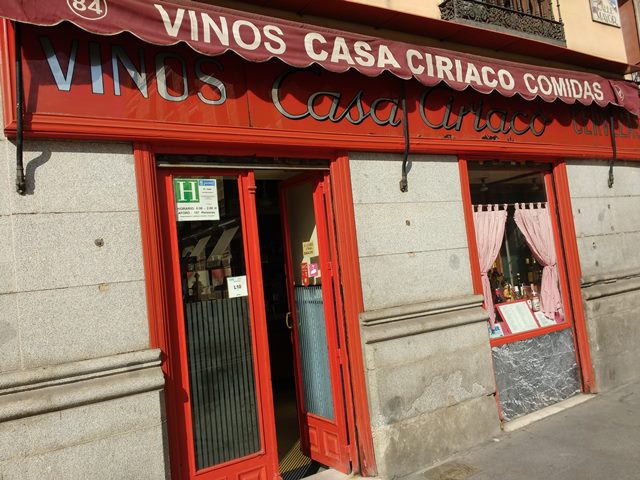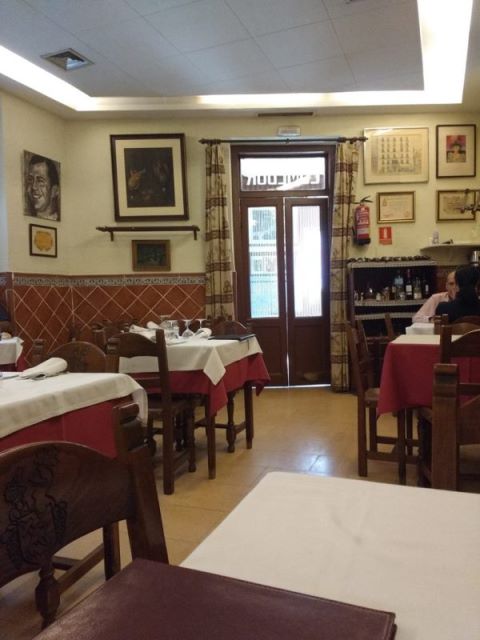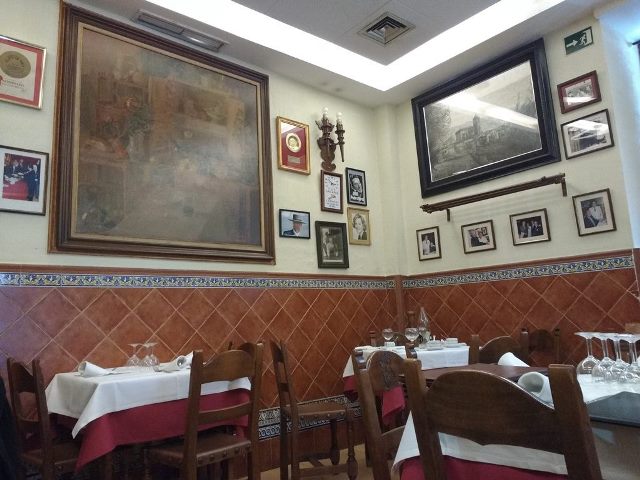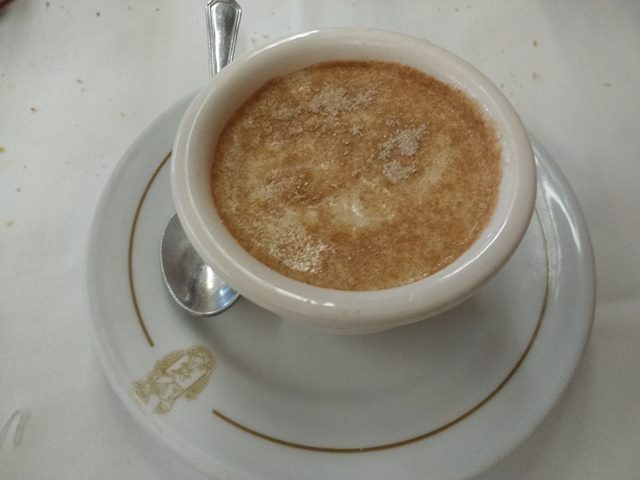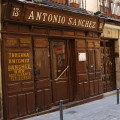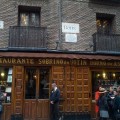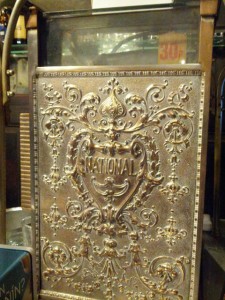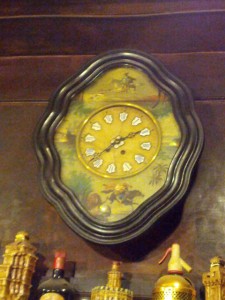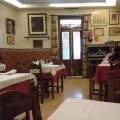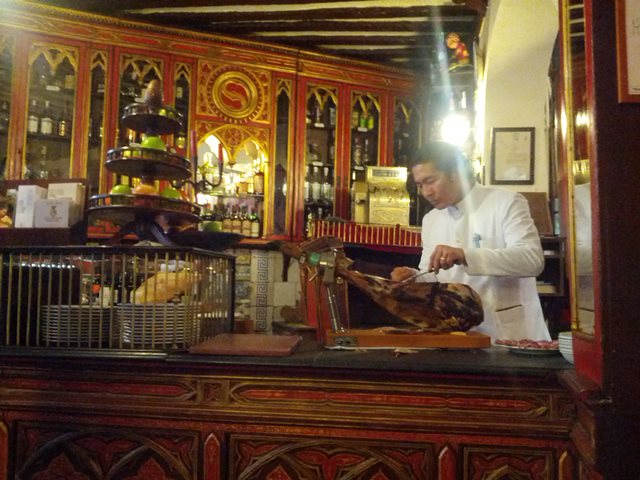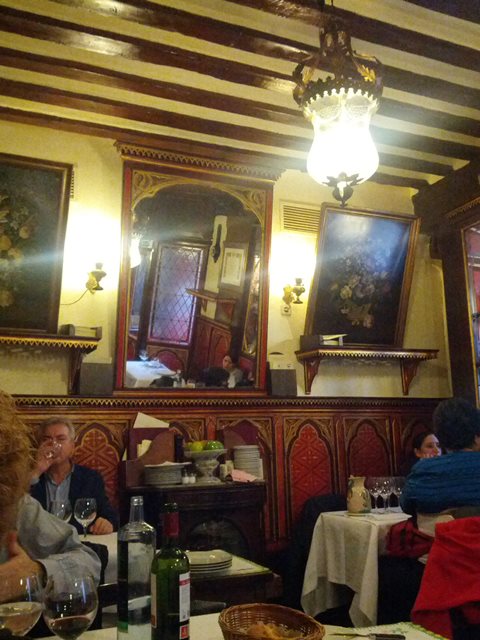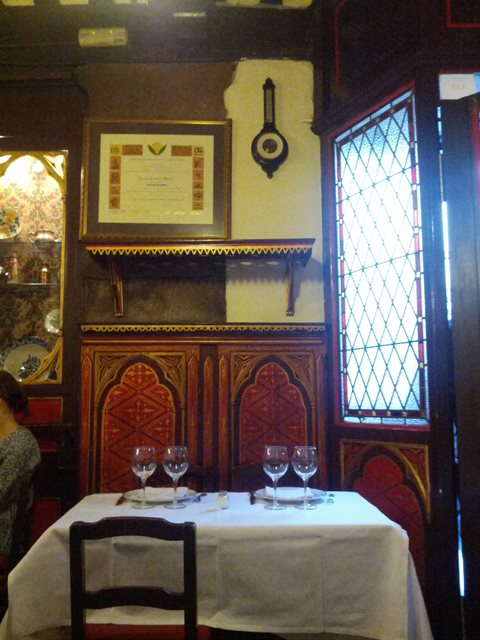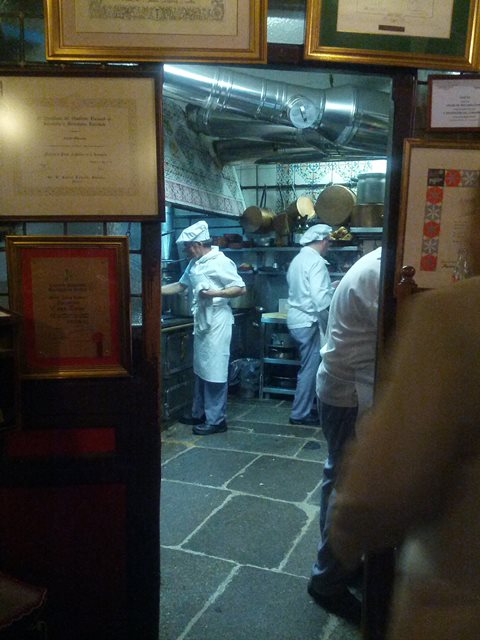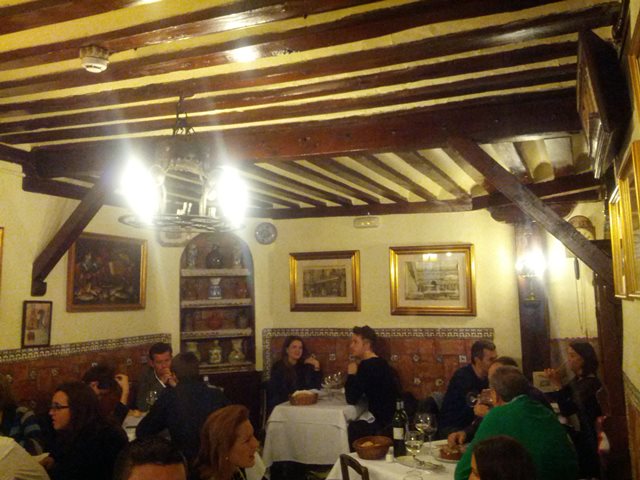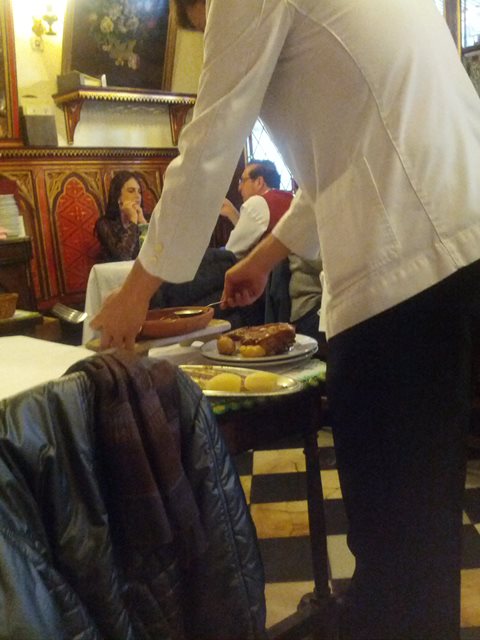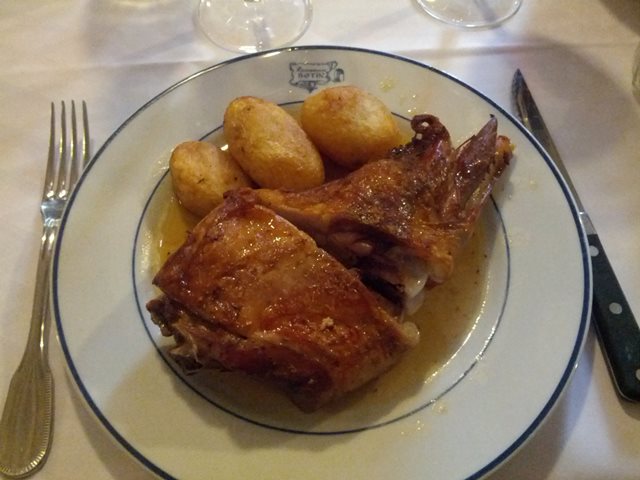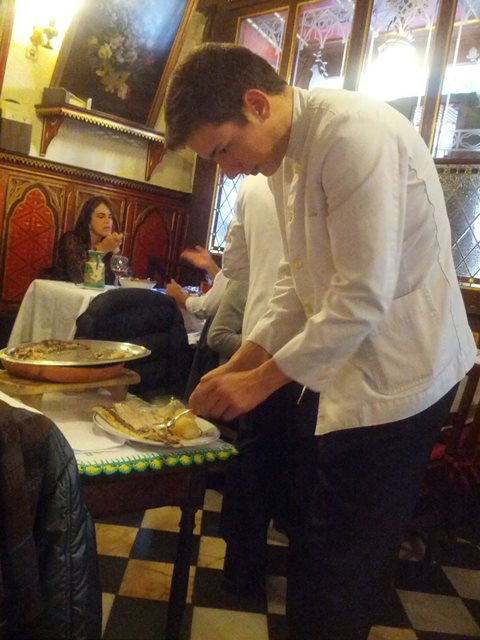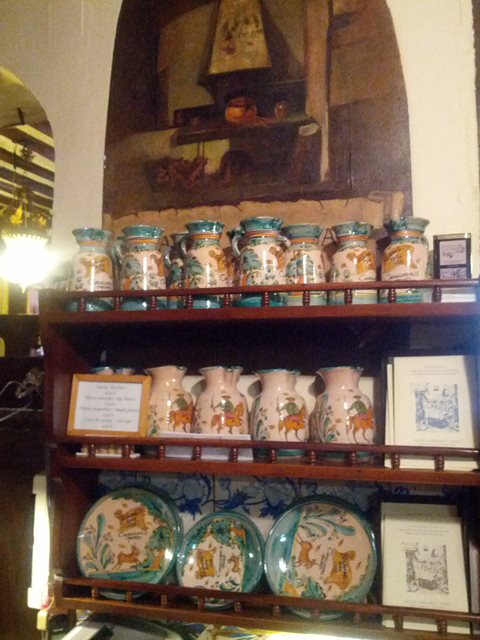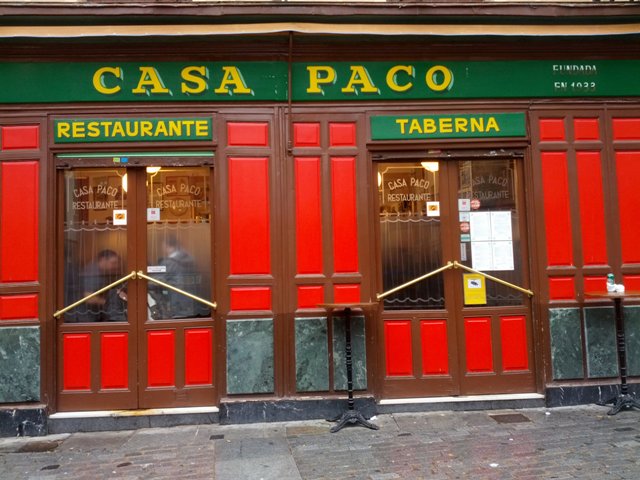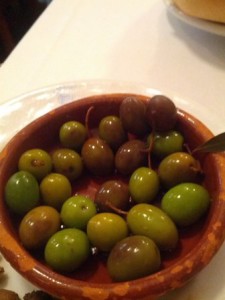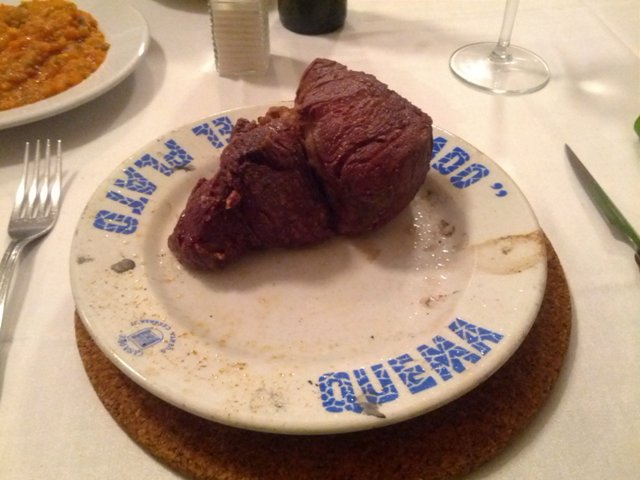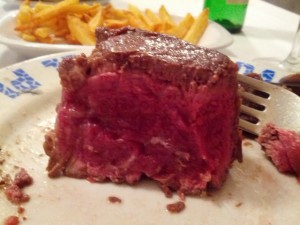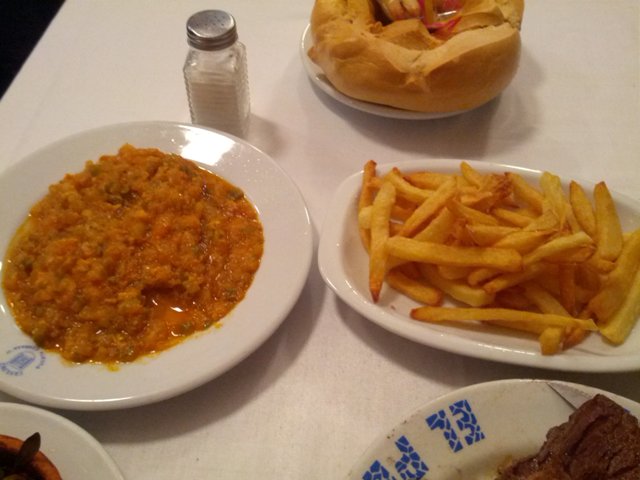It’s been a while since I posted because I was in Spain for a vacation, but I’m back! While I was gone Le Continental turned four!
When I was in Madrid last year I visited three historic restaurants (and posted about them here, here, and here) but I didn’t have time for one of the oldest ones on my list: Casa Ciriaco. So on my recent trip I had a one day layover in Madrid and I made time to have lunch at Casa Ciriaco.
Casa Ciriaco opened as a tavern in 1897 (under a different name). In 1923 it was purchased by Pablo Muñoz Sanz and his brother Ciriaco Muñoz, who started the restaurant named Casa Ciriaco in 1929. The building was infamous for being the site of an anarchist bombing against King Alfonso XIII and his bride on their wedding day. The royal bridal carriage escaped harm but 15 innocent bystanders were killed and many injured.
The restaurant also became famous for its clientele in the 1930s preceding the Civil War, including journalist Julio Camba, artist Ignacio Zuloaga, matadors Domingo Ortega and Juan Belmonte, writer José Ortega y Gasset, and scholar of Basque culture, Julio Caro Baroja. Portraits of some of the famous people who have dined at Casa Ciriaco can be found on the walls of the homey comedor (dining room), which you enter through the swinging doors from the front bar.
The waiters are all veterans; fast and efficient but friendly. They reminded me of the waiters at Tadich Grill or Sam’s Grill in San Francisco.
The menu is classic Madrid cuisine. Specialties include perdiz con judiones (partridge with broad beans, seasonal), cocido (Madrid-style meat and chickpea stew) served on Tuesdays, cochinillo (suckling pig), and pepitoria de gallina (chicken fricassee in a sauce made with almonds and eggs), which dates back over 100-years and is the main dish that I chose for my menu del dia prix fixe lunch (always a good deal in Spain so I try to make it my main meal of the day). For a starter I had pisto manchego, a delicious vegetable stew similar to ratatouille.
For dessert I had arroz con leche (rice pudding).
Reportedly Casa Ciriaco has an outstanding wine cellar with wines dating back to 1917 and cognacs as old as 1892!
Casa Ciriaco
Calle Mayor, 84, 28013 Madrid, Spain
Phone +34 915 48 06 20
Open daily 1:00pm-4:00pm, 8:00pm-11:30pm

